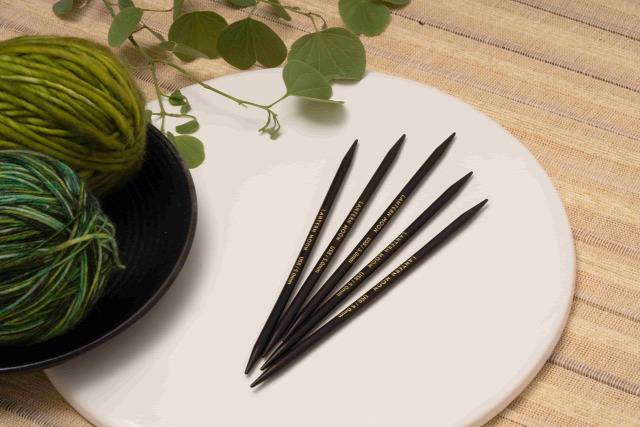
Want to knit a textured stitch pattern making your knitted fabrics stand out? The seed stitch is a quick and easy pattern that balances knit and purl stitches and has a seed-like appearance. The versatile stitch pattern is made with a balanced number of knit and purl stitches on any of your regular knitting needles. It is easy enough that even beginners can learn the steps once they’ve mastered the knit and purl stitches. From small baby projects to large blankets, the stitch can be easily added to any project and it will enhance the beauty.
What is Seed Stitch?
The Seed Stitch is a completely reversible pattern; both the right side and the wrong side are identical. Every row or round of your knitting consists of a pattern of alternating knit and purl stitches. The stitches look like seeds hence the name. Preferred by many knitters to make their projects look beautiful. Even for projects where other stitch patterns or techniques are used, seed stitch is favored as it easily lies flat, often used for the borders of blankets that tend to curl up. The stitch pattern is used in knitting projects such as dishcloths, blankets, scarves, hats and pretty much everything that can be made beautiful with textured stitches.
Knitting Needles: You can work the seed stitch pattern with any of your regular knitting needles as you can knit and purl with any of them. Single-pointed knitting needles are the best choice for beginners. To practice the pattern, you can go ahead. But, once you work on the project, the choice of needles basically depends on the project. If you are knitting in the round, explore a set of double-pointed needles (DPNs) or circular needles. If you are knitting flat (back and forth), single-pointed needles and circulars are fit for the task.
Yarn: For yarn, you can work with any but make sure that they allow the formation of seeds clearly on the knitted fabric.
So, let’s begin.
Step 1: Cast on an Even or Odd number of Knitting Needles
Seed stitch patterns work for both even and odd number stitches. Make a slip knot on the knitting needle and count it as the first stitch. Many advanced knitters do not work with a slip knot but that is completely fine. A slip knot basically connects the yarn to the knitting needle.
Cast on stitches in any method you prefer. The number of stitches is mentioned in the pattern while for practice you can work with 15-20 stitches.
Step 2: Knitting the Seed Stitch
The steps to work the seed stitch depends on whether you are knitting an even or odd number of stitches. You will be working with knit and purl stitches, but the instructions will differ.
Knitting abbreviations
K- Knit
P - Purl
*to the end of the row
For an even number of stitches, follow the pattern:
Row 1: k1, p1*
Row 2: P1, k1*
Alternate row 1 and row 2 for the entire length of the project
For an odd number of stitches, the pattern is:
Row 1: k1, p1* and k1.
Row 2: k1, p1* and k1.
Repeat the pattern for the rest of the project.
To work the stitch pattern knitting in the round on circular needles or even double points (DPNs), the instructions are the same. You work the stitches to the end of the round, and then without turning your WIP, you continue with the next round. Just remember to follow the pattern for even stitches or odd stitches in the round. Make sure to place a stitch marker to mark the beginning of the round, so that you do not make mistakes.
Step 3: Bind off and weave in yarn ends
Once you’ve are finished with the pattern, like all stitch patterns and projects, you need to bind off. Similar to cast-on techniques, there is a wide variety of methods to bind off stitches. The instructions to bind off stitches are determined by the stitch pattern. For knit stitches, you bind off knitwise and for purl stitches, you bind them purlwise. After you’ve finished snip off the yarn but make sure to leave a 6-inch tail.
Weave in the yarn ends with a finishing needle or a repair hook.
With this tutorial, get ready to take up the seed stitch pattern for your projects. You can start small with a dishcloth or the edges of a blanket and move on to other projects. If you are following a pattern make sure that you are following the US one as the seed stitch in UK knitting patterns are different. The moss stitch pattern is similar to the seed stitch and can be confusing. Both stitch patterns follow knit 1, purl 1 in a row alternating with purl 1, knit 1; while the moss stitch calls to knit 1, purl 1 for two rows and then to purl 1, knit 1 for the next two rows.
For all your knitting needs, explore the Lantern Moon collection. The premium knitting needles are made from ebony wood. Handcrafted by skilled artisans, the needles, crochet hooks, accessories and even sets are of artistic value serving knitters for generations.


